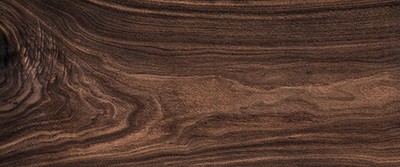New Type of Wood Can Reduce Cooling Costs

By Ralph Birch
Researchers have found a way to separate wood into its components to make it more capable of dispersing heat.
When most materials are heated, they emit energy as photons of near-infrared (NIR) light. The NIR light is absorbed by molecules in the air nearby, trapping the heat.
In recent years, researchers have created plastic films and paints that can absorb heat and emit energy at longer, mid-infrared wavelengths that are not absorbed by the air. If these photons are emitted upward, they pass through the sky unimpeded and release their energy in deep space.
But to use the films and paints in buildings, they would have to be applied to rooftops or other surfaces to keep NIR photons from escaping.
Would Wood Work?
To see if these heat-trapping attributes could be incorporated into the structure of a building, researchers focused on wood. Liangbing Hu, a materials scientist at the University of Maryland-College Park, and his team considered wood’s three primary components: cellulose, hemicellulose, and lignin.
Cellulose and hemicellulose both form long, straw-like structures, and the lignin holds them together. But, in addition to its binding properties, lignin is a strong emitter of infrared light. Therefore, the research team knew the lignin had to be removed.
Researchers used a simple chemical procedure to separate wood into its components. They soaked basswood in a hydrogen peroxide solution, which broke the long lignin molecules into small fragments. The lignin fragments diffused out of the chemical solution and were washed away. The remaining cellulose and hemicellulose was fused together using an industrial vise called a hot press. The resulting product was eight times stronger than natural wood.
Cooling Effects
Along with the added strength, the absence of lignin made the new wood white. This allows it to reflect nearly all incoming light, absorb heat from its surroundings, and radiate energy as mid-infrared light. This cools the surfaces to which the wood is attached by as much as 10°C, according to a recent issue of Science.
The new wood doesn’t radiate heat quite as well as some of the plastic films on the market, but it stays cool to the touch, which may make a big difference when it comes to cutting energy costs for cooling a home.
If the new wood were applied to the outside of buildings in warmer climates like the southwest U.S., the passive cooling effect could reduce air conditioning costs by up to 60 percent. It also could provide relief when used to build homes in developing countries where air conditioning is less common.
Further exploration of the material’s potential is needed, since wood products may not suit all applications and climates.
Discussion Questions
- What other uses can you think of for this new type of wood?
- Can you think of any drawbacks to manipulating wood in this way?
Vocabulary
- photons
- infrared
- cellulose
- hemicellulose
- lignin